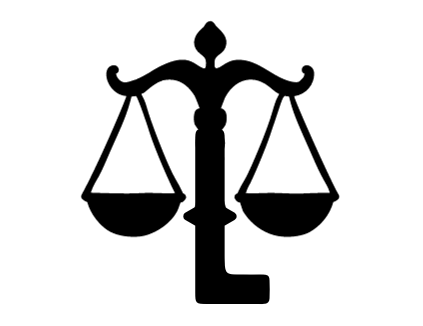In today’s digital-first business environment, data is one of the most valuable assets for both individuals and corporations. From sensitive personal files to confidential business records, data theft can lead to financial loss, reputational damage, and legal complications. Cybercriminals often target companies and individuals through phishing attacks, malware, ransomware, and insider threats.
If you are a victim of cyber data theft, it is important to act quickly and follow legal procedures to recover your data and protect yourself from further harm.

Steps to Recover Data After Cyber Theft Legally
1. Document the Incident
The first step is to record every detail of the cyber theft. Take screenshots of suspicious emails, unauthorized access attempts, error logs, or any communication from hackers. This documentation is essential for filing a legal complaint.
2. File a Cybercrime Complaint
-
You can lodge a complaint on the National Cyber Crime Reporting Portal (https://cybercrime.gov.in).
-
Provide evidence such as stolen files, IP addresses, or suspicious account activity.
-
If the theft is major (corporate espionage, intellectual property theft), approach the local cyber police station directly for a formal FIR under the IT Act, 2000 and IPC sections.
3. Engage a Cybercrime Advocate
A specialized cybercrime lawyer can:
-
Draft a strong legal notice.
-
Liaise with investigating agencies.
-
File petitions in court to retrieve stolen information.
-
Ensure compensation claims if the theft has caused financial or reputational loss.
4. Seek Digital Forensics Support
Forensic experts can trace the source of the attack, recover lost or deleted files, and provide admissible digital evidence in court. This can also help in identifying whether an insider or outsider was responsible.
5. Injunctions & Court Orders
In case of corporate or sensitive data theft, courts can pass injunctions to prevent the hacker or third party from misusing or selling the stolen data. This is a crucial step to protect intellectual property and trade secrets.
6. Report to CERT-In
For large-scale cyber thefts affecting businesses, reporting to the Indian Computer Emergency Response Team (CERT-In) is mandatory. They help mitigate risks and provide technical assistance.
7. Preventive Measures After Recovery
-
Change all passwords and enable multi-factor authentication (MFA).
-
Encrypt sensitive files.
-
Train employees on cyber hygiene.
-
Regularly back up data securely (offline or cloud).
Legal Provisions for Data Theft in India
-
Section 43 of the IT Act, 2000 – Unauthorized access, downloading, copying, or extraction of data.
-
Section 66 – Hacking and dishonestly stealing computer data.
-
Section 72 – Breach of confidentiality and privacy.
-
IPC 378 & 403 – Theft and dishonest misappropriation of property.
Recovering data after cyber theft is a legal and technical battle. While digital forensics can help trace and restore stolen files, legal action ensures accountability and compensation. If you are a victim, do not delay reporting the incident — every minute counts in preventing misuse of your data.
Disclaimer
This article is for educational and awareness purposes only. It does not constitute legal advice. Victims of data theft should consult a qualified cybercrime advocate and approach the official cybercrime portal or police authorities for proper legal remedies.
